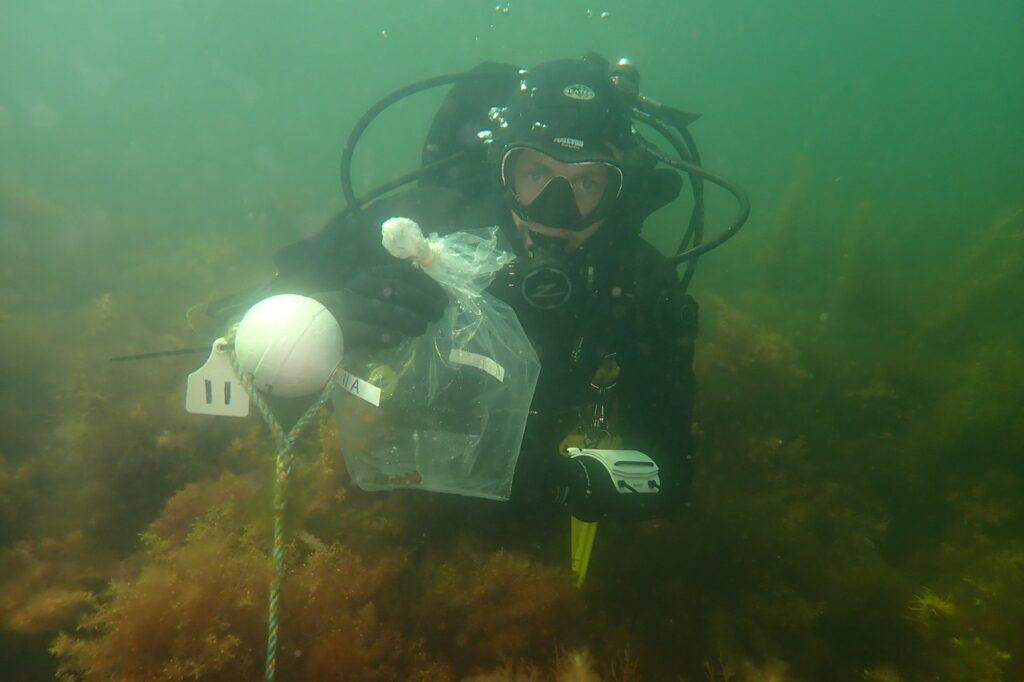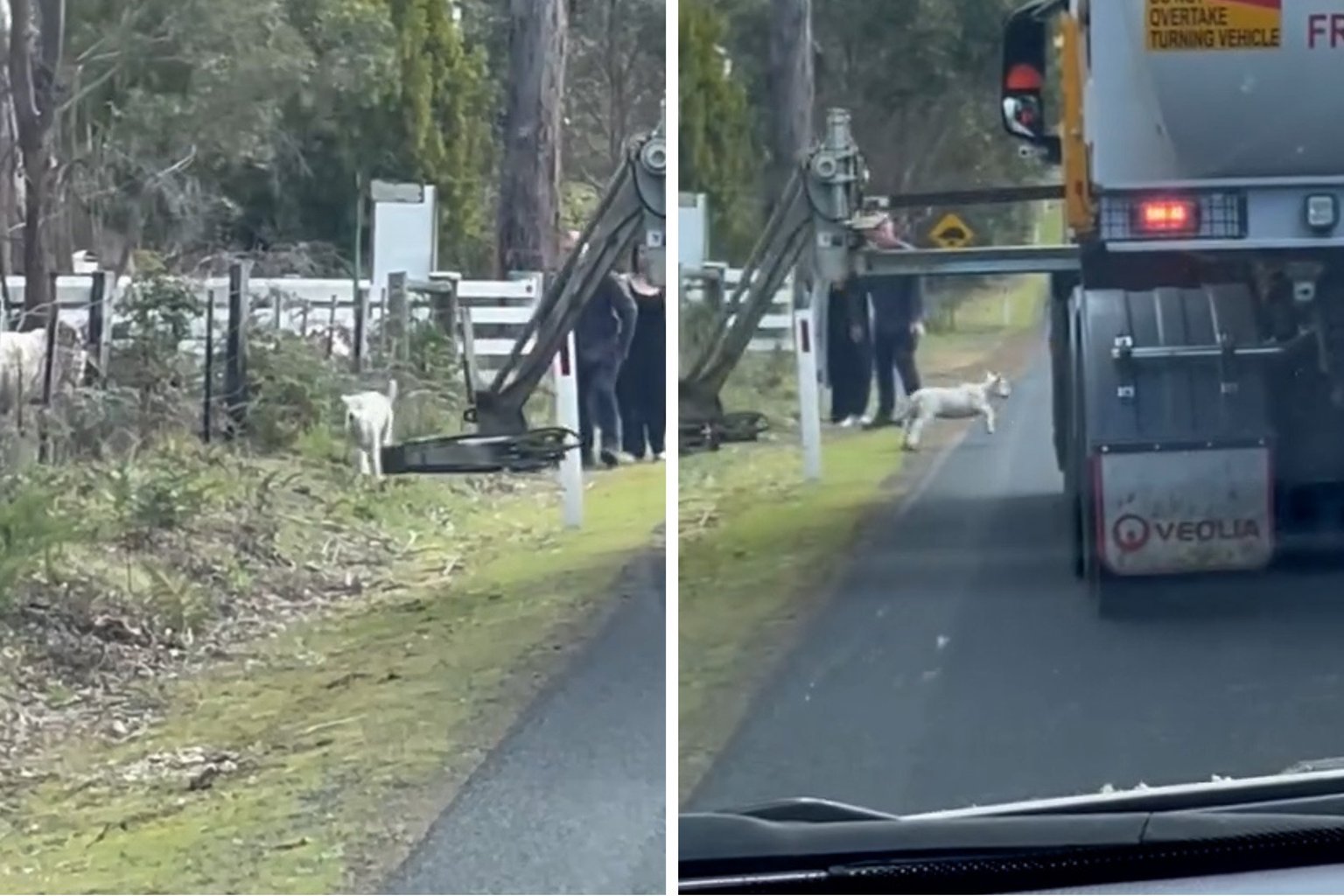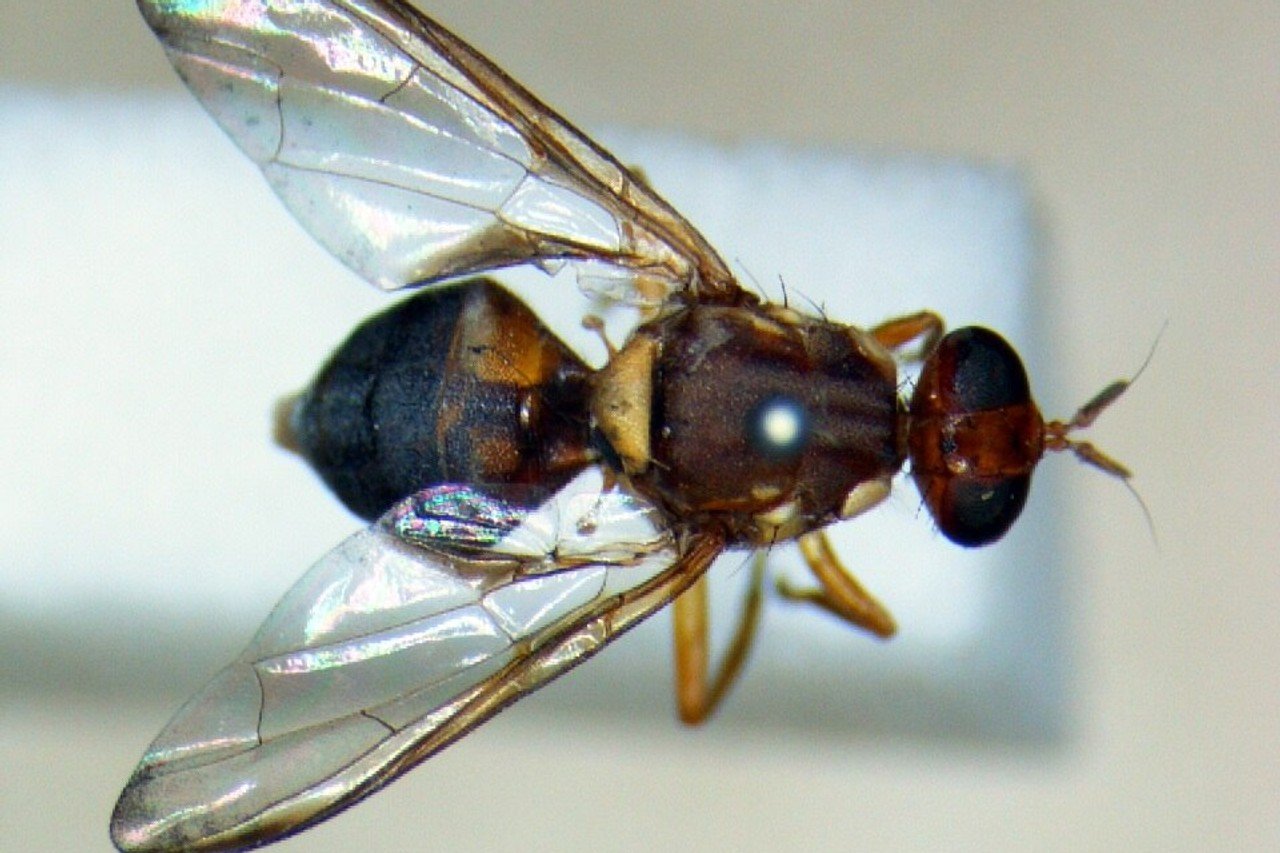Marine scientists have released 65 captive-bred red handfish into waters off Hobart, marking what conservationists are calling a watershed moment for one of Australia’s rarest marine creatures.
The tiny fish – which ‘walk’ along the sea floor on hand-like fins – number fewer than 250 in the wild, confined to just two small patches of reef in Frederick Henry Bay.
Dr Jemina Stuart-Smith, who co-leads the red handfish program at the University of Tasmania’s Institute for Marine and Antarctic Studies, said years of meticulous work had led to this milestone.
“This moment represents an incredible effort by many people over many years,” she said.
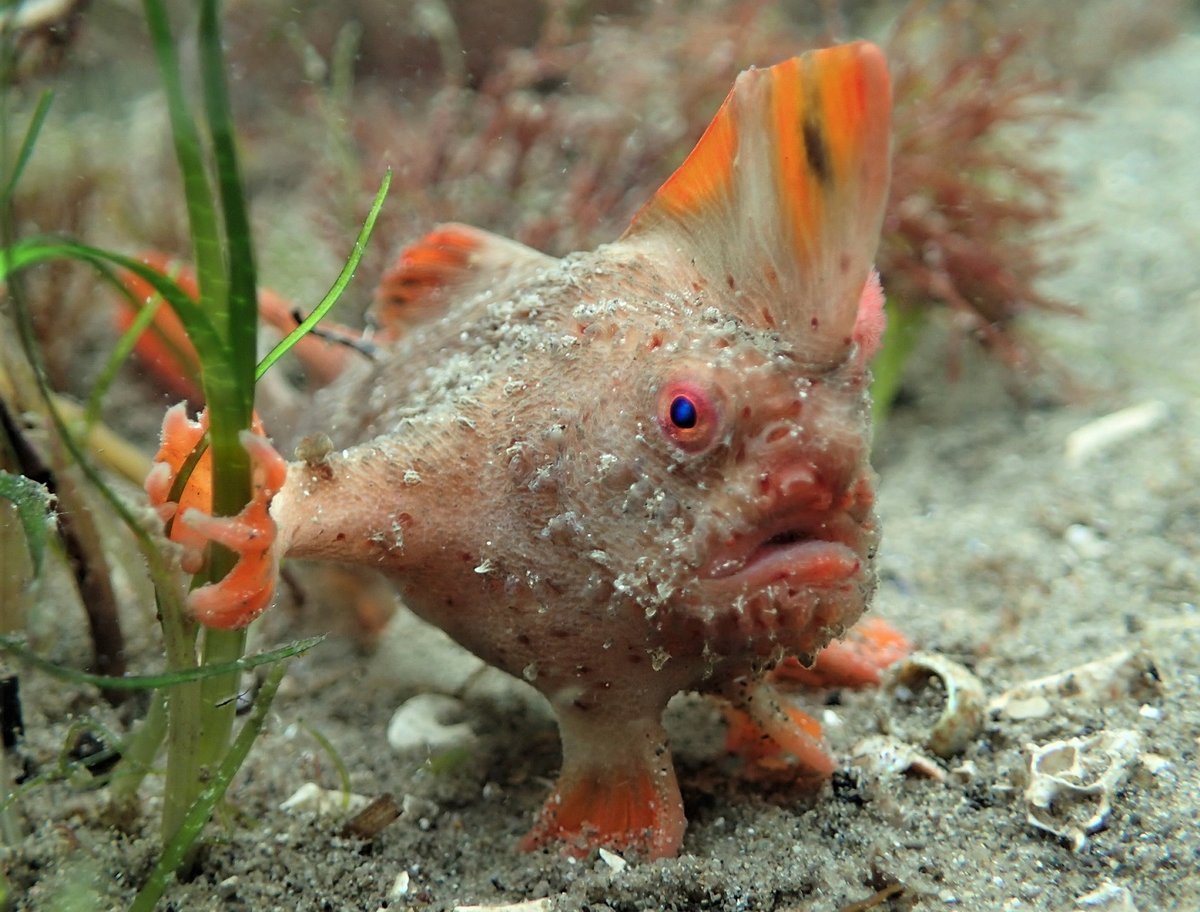
“We’ve given the red handfish the best possible chance of survival and every release helps us learn more and work towards recovering the species.”
The species faces an array of threats. Sea urchins have stripped much of their seaweed habitat, while pollution, coastal development and climate change have further squeezed their already fragile existence.
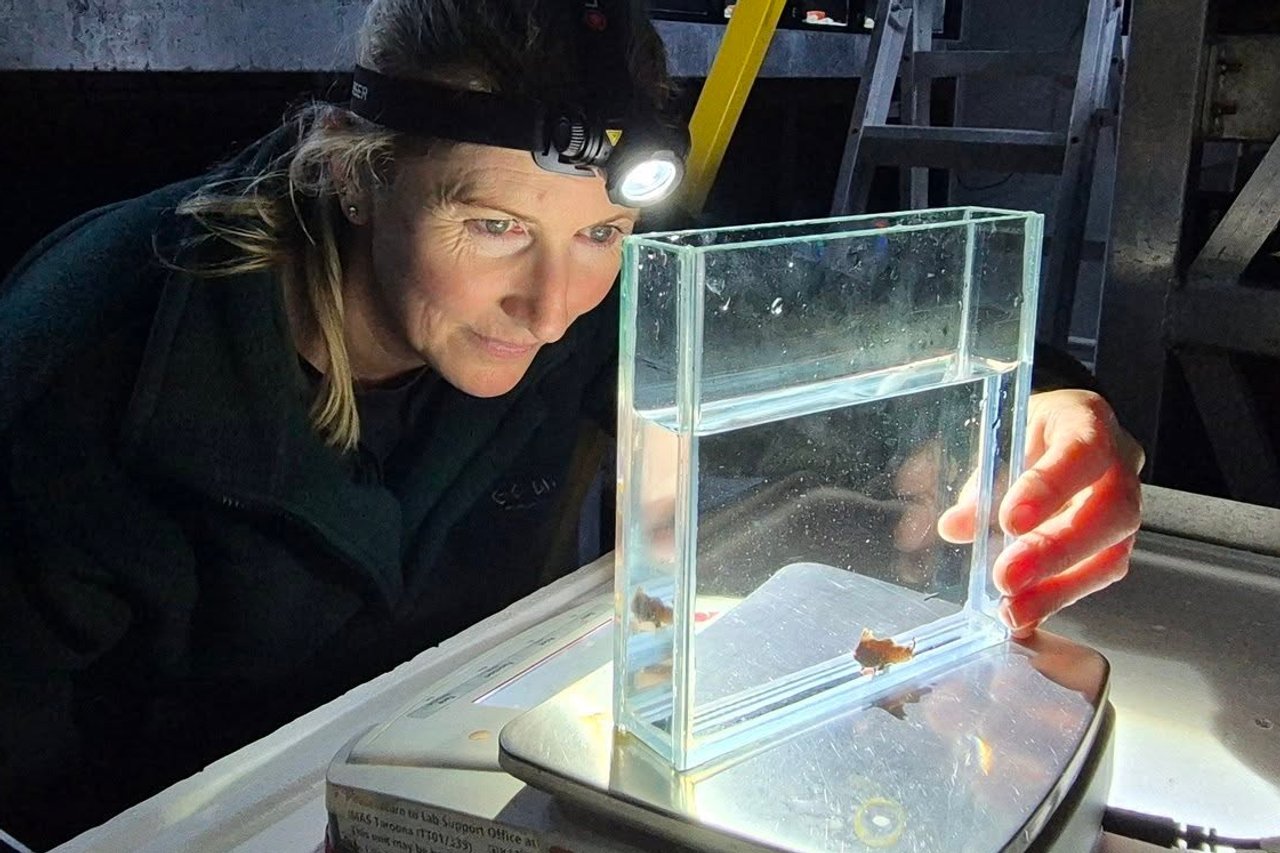
Unlike most fish, handfish can’t disperse to new areas. They lack a planktonic larval stage, meaning their young can’t drift on ocean currents to colonise fresh territory.
Before the release, scientists spent months restoring damaged habitat and improving ecological conditions to give the fish the best shot at thriving.
Associate Professor Andrew Trotter, who oversees the captive breeding program, said returning the fish to their natural environment had always been the goal.
“They’re wild animals and belong in the sea,” he said. “It’s very rewarding to see the project enter the next phase and this is an important step towards the species recovery.”
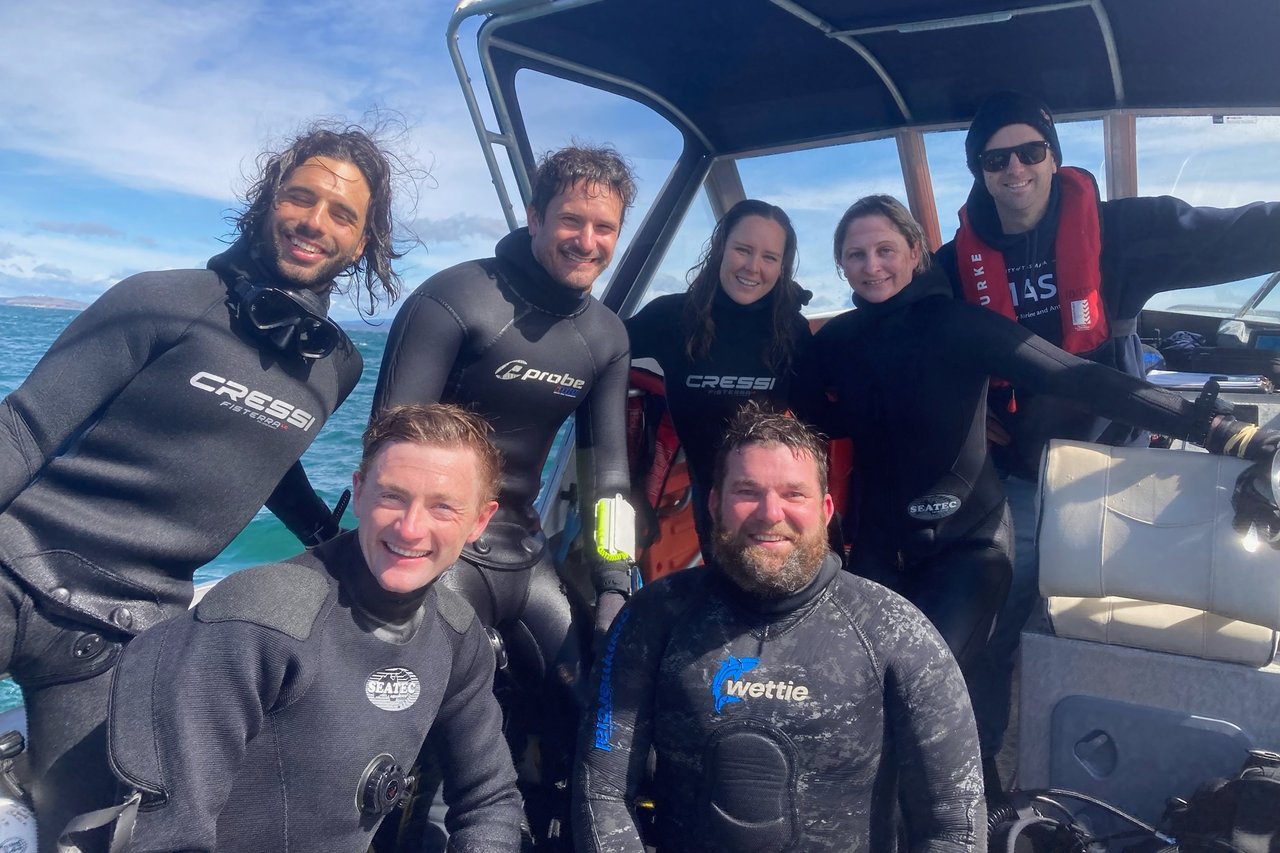
The program is supported by the Foundation for Australia’s Most Endangered Species, with additional backing from the federal government.
Foundation chief executive Tracy McNamara said the milestone proved that even species on the brink could be brought back.
“It shows that when you believe in dedicated teams with expertise, great things can happen,” she said.
Scientists will continue to monitor the released fish while preparing more captive-bred individuals for future releases.
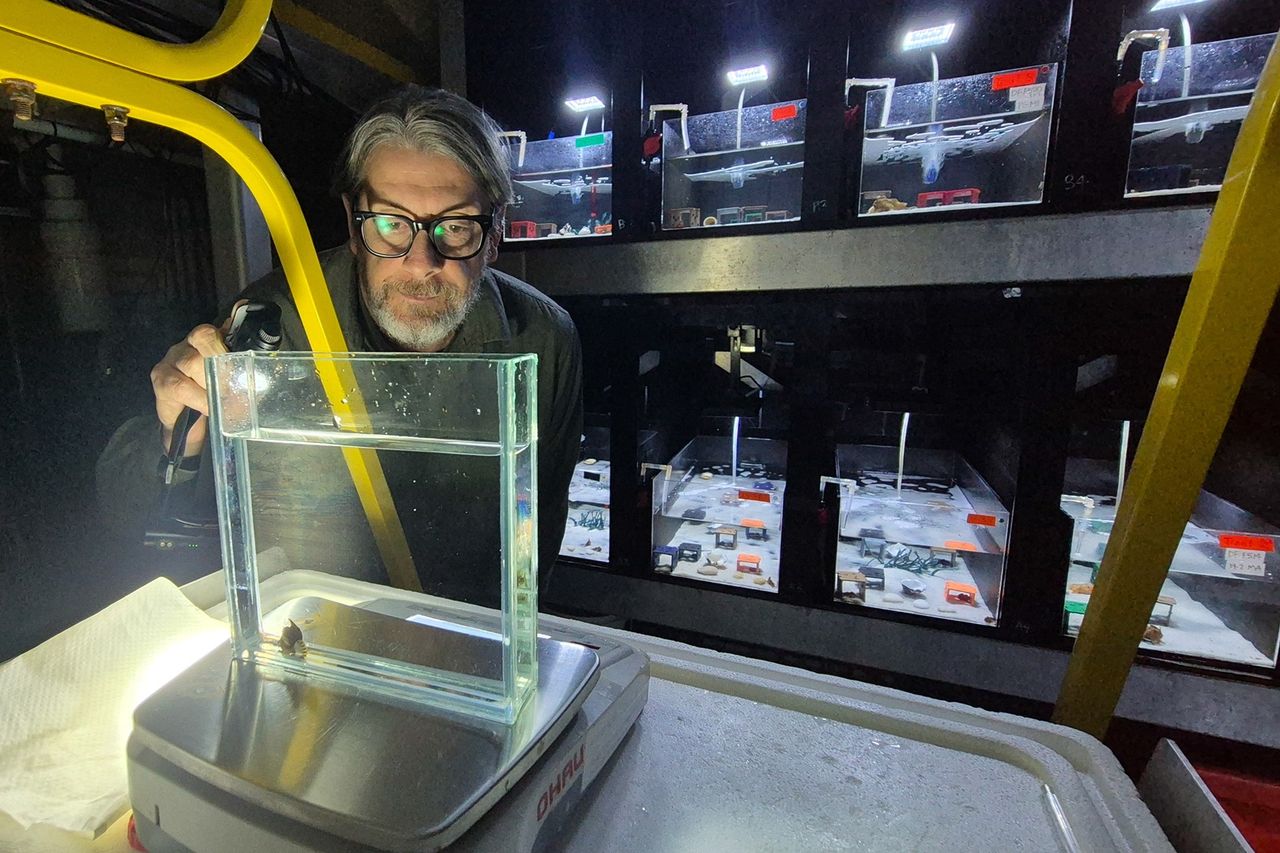
The approach combines regular reintroductions with ongoing habitat restoration – a strategy researchers say is critical to the species’ long-term survival.
The red handfish is listed among 110 priority species under the federal government’s Threatened Species Action Plan.

